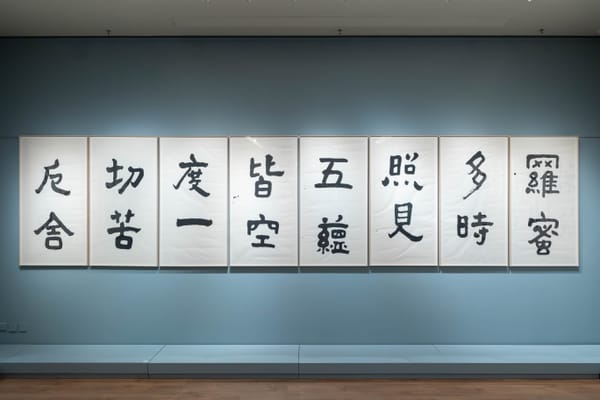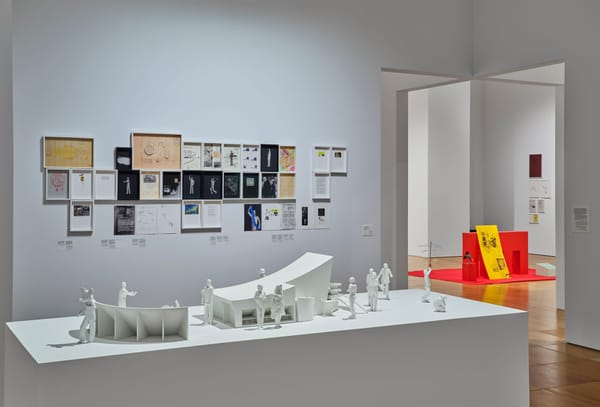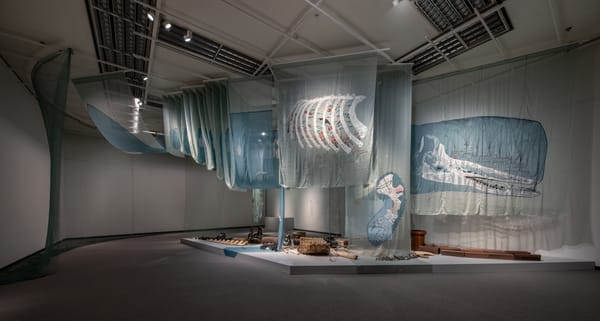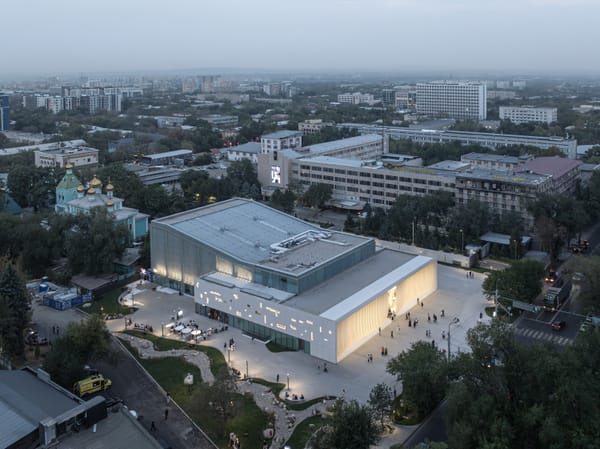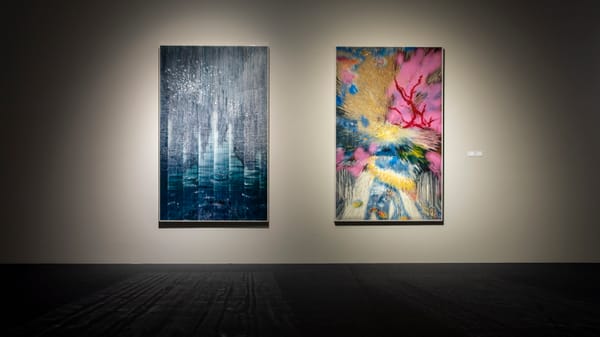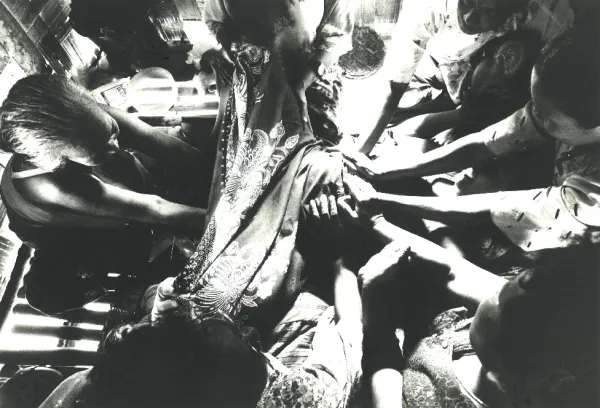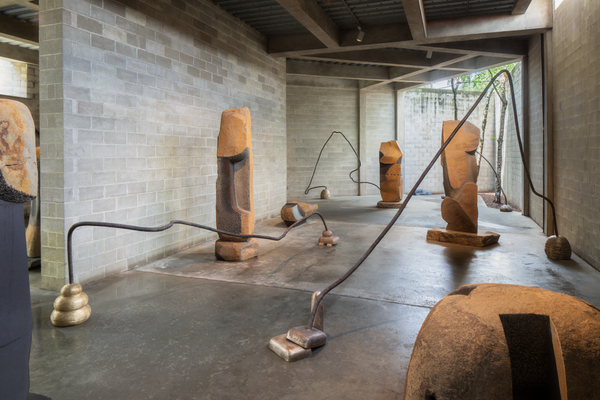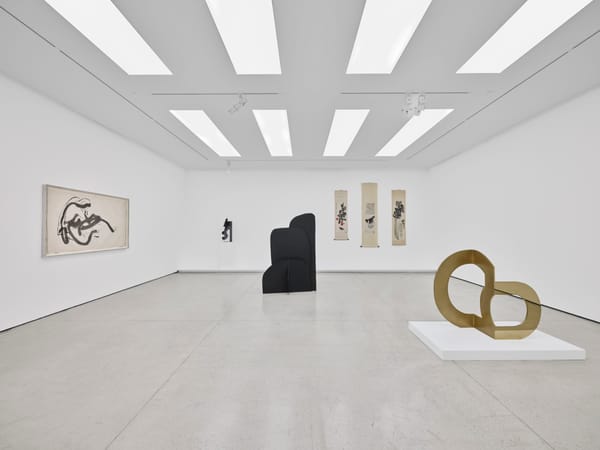Shows
Up Close: Chan Hau Chun
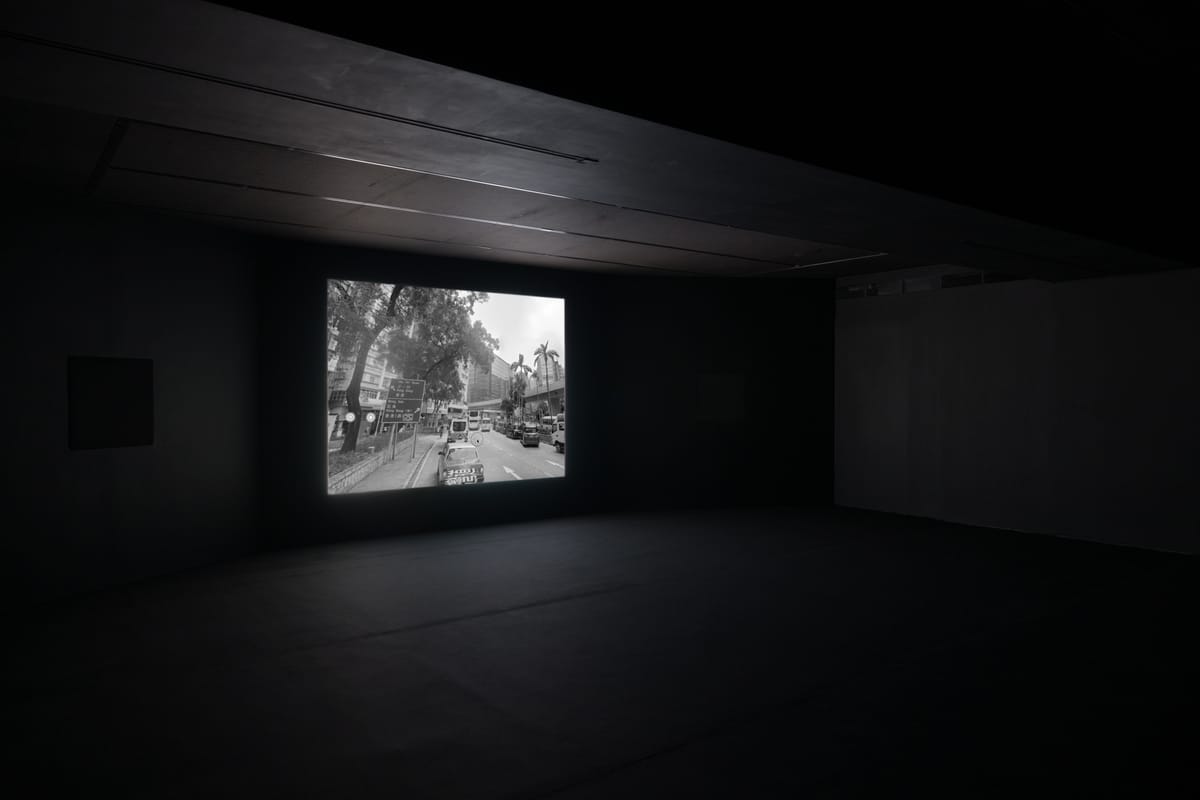
Chan Hau Chun
Map of Traces
Empty Gallery
Hong Kong
Jun 7–Aug 30, 2025
An elderly man in Hong Kong—once arrested for graffitiing 奠 (the Chinese character for “mourning”) on the walls of several public spaces—has returned to the streets, now using water as an alternative medium to leave temporary marks that evade state surveillance. In “Map of Traces,” Chan Hau Chun’s latest exhibition at Empty Gallery, this real-life story is featured in the titular 30-minute experimental documentary film, which pays tribute to the man’s silent act of resistance. Echoing his melancholic yet quietly subversive approach, the black-and-white film revisits troubling past events to probe the entanglements of memory, loss, and survival.
Born in the late 1980s, Chan is part of a younger generation of Hong Kong artists and brings a deeply personal lens to her work. Having migrated from Guangdong at age 12 and endured an unstable childhood, she became particularly interested in the city’s marginalized communities, who, to quote Chan, are considered “the lowest denominator of society.” In projects that often take years to complete—such as her Under the Bridge photography series (2013), which delves into the lives of homeless people in Hong Kong—the artist treats sensitive and often-disregarded social realities with utmost empathy and care.
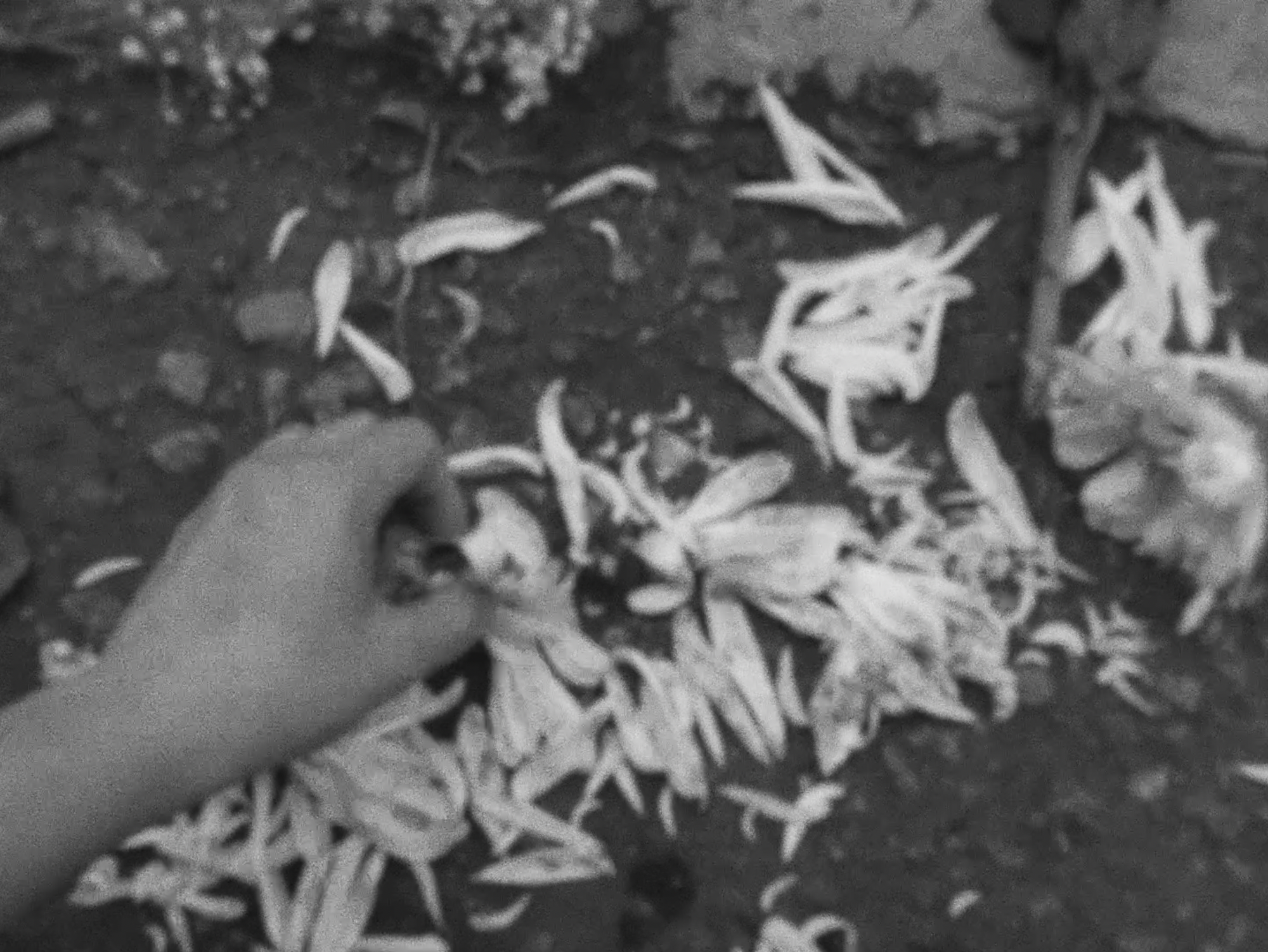

Still image from CHAN HAU CHUN’s Map of Traces, 2025, black-and-white video: 29 min 13 sec. Courtesy the artist and Empty Gallery.
With Map of Traces (2025), Chan embraces an experiential and introspective outlook on public turmoils in Hong Kong. From snapshots of handwritten letters to Google Street View screen recordings, footage of landscapes, close-ups of objects, clips from protests, and more—the film functions both as a eulogy for thwarted struggles and a form of resilience against the gradual rise of social amnesia.
The work plays with sounds and textures that capture locally distinct recollections ranging from the personal to the collective, the private to the public. Chan’s field recordings of the city (wind, harmonicas, insects, traffic signals) accompany visuals of various landscapes and sceneries, foregrounding even the faintest notes, while subsequent footage of demonstrations (taken from a bird’s eye perspective) becomes increasingly grainy and nearly inaudible as the film progresses. The sensorial juxtapositions reflect how the artist attentively confronts and preserves these fragments of the not-too-distant past, evoking a line from a letter Chan wrote to an imprisoned friend: “I’ve wandered through many places in my dreams, blurred then sharp, like broken glass.”
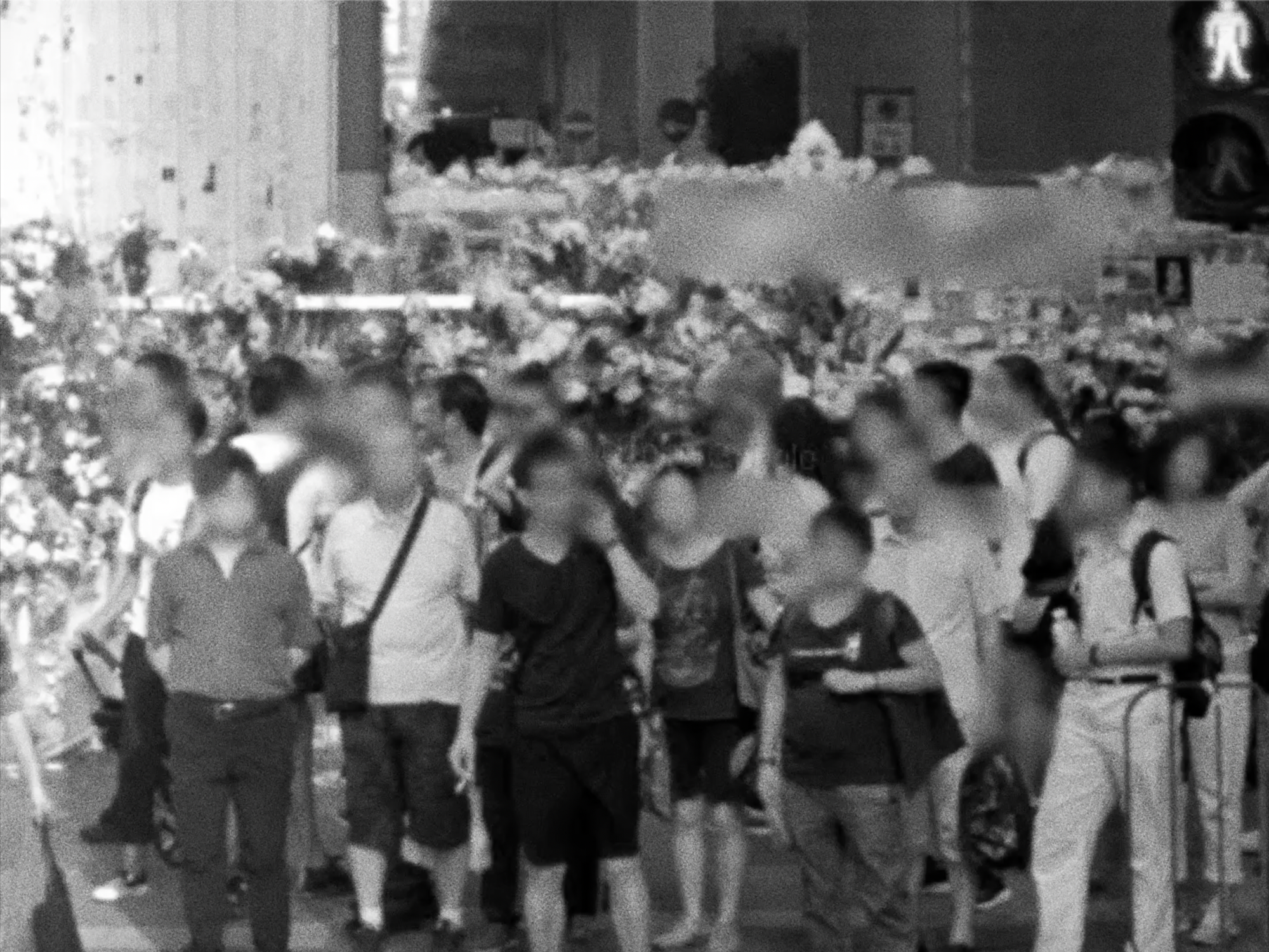
Yet surprisingly, there is also a lightheartedness in the work’s overall sentimental tone. Early on in the film, we hear a phone conversation in Cantonese between Chan and a female friend who moved to London. Their voices are layered over Google Street View screen recordings of Hong Kong, taken by Chan and her friend during the call to simulate a joint walk through the city. As the two embark on this virtual stroll together, they exchange scattered memories, such as the time her friend’s father, upon discovering she was secretly dating someone in school, asked his daughter to meet with him “under a tree”—presumably to persuade her to end the relationship. Although she never went, she recounts an imagined scenario of glimpsing her father from a distance, sunlight filtering through the banyan onto his shoulders. Chan laughingly calls the idea of meeting “under a tree” oddly romantic, and they both chuckle, letting the moment soften into tender reminiscence. In the end, however, the dialogue turns serious. As the two continue their simulated walk through Hong Kong, Chan’s friend wistfully whispers, “I don’t know if I’ll ever walk on this road again.”
While the rallies have become history, the daily rhythm of the city goes on for those who continue to live here, as well as those who have left. Compared to watching feature films like May You Stay Forever Young (2021) and Blue Island (2022)—which also thematize the protests but were only ever screened outside of Hong Kong—Map of Traces allowed for a rare encounter with an ineffable subject through an intimate and immersive viewing experience. Stepping back outside into Hong Kong’s urban soundscape of rumbling buses, the rattling sound of pedestrian signals, and birds chirping louder as dusk approaches—a familiar cacophony for locals—one began to imagine the quiet memories attached to every corner in the streets: traces of lived moments, gently lingering in time.
Sanle Yan is an editorial intern at ArtAsiaPacific.
